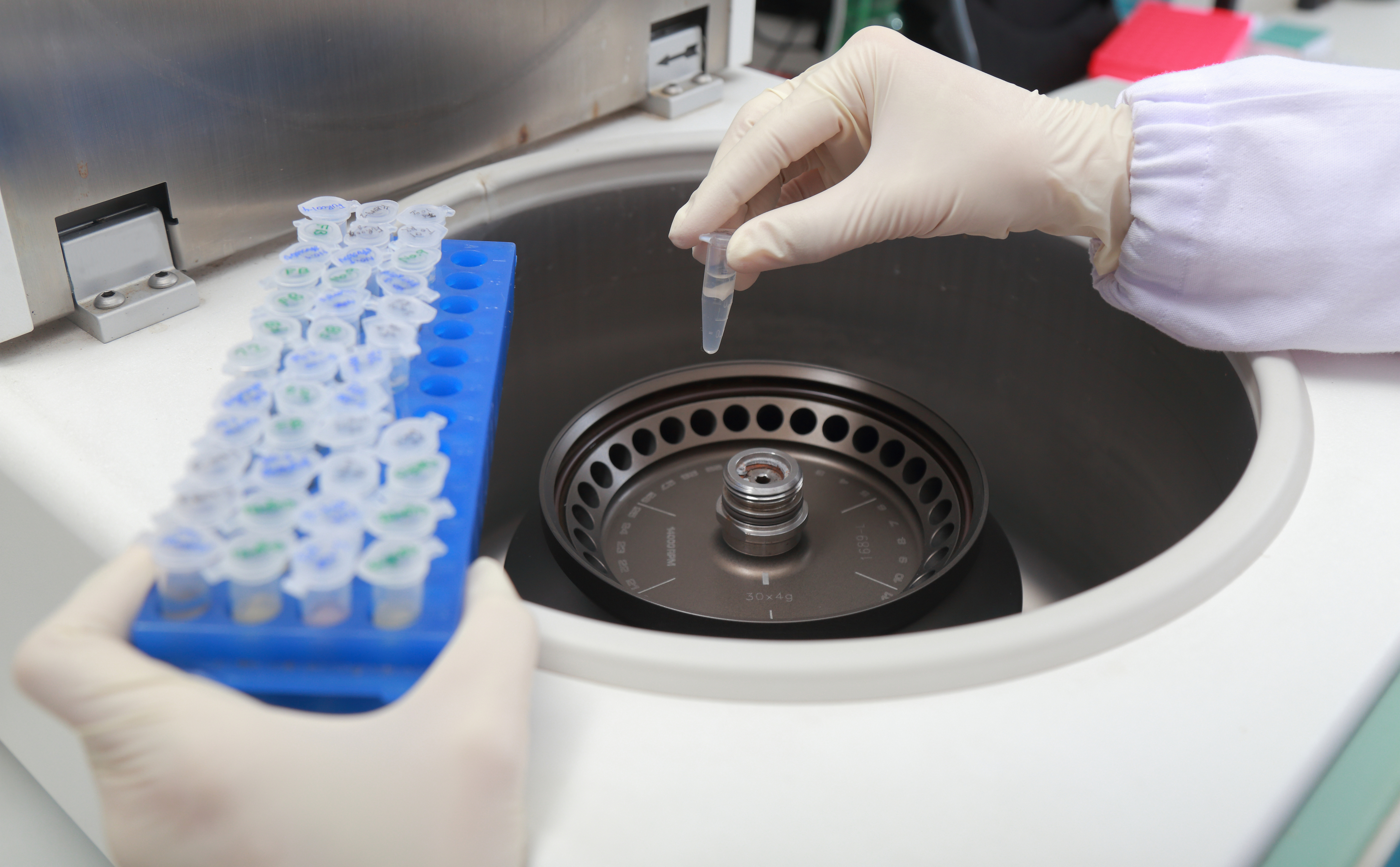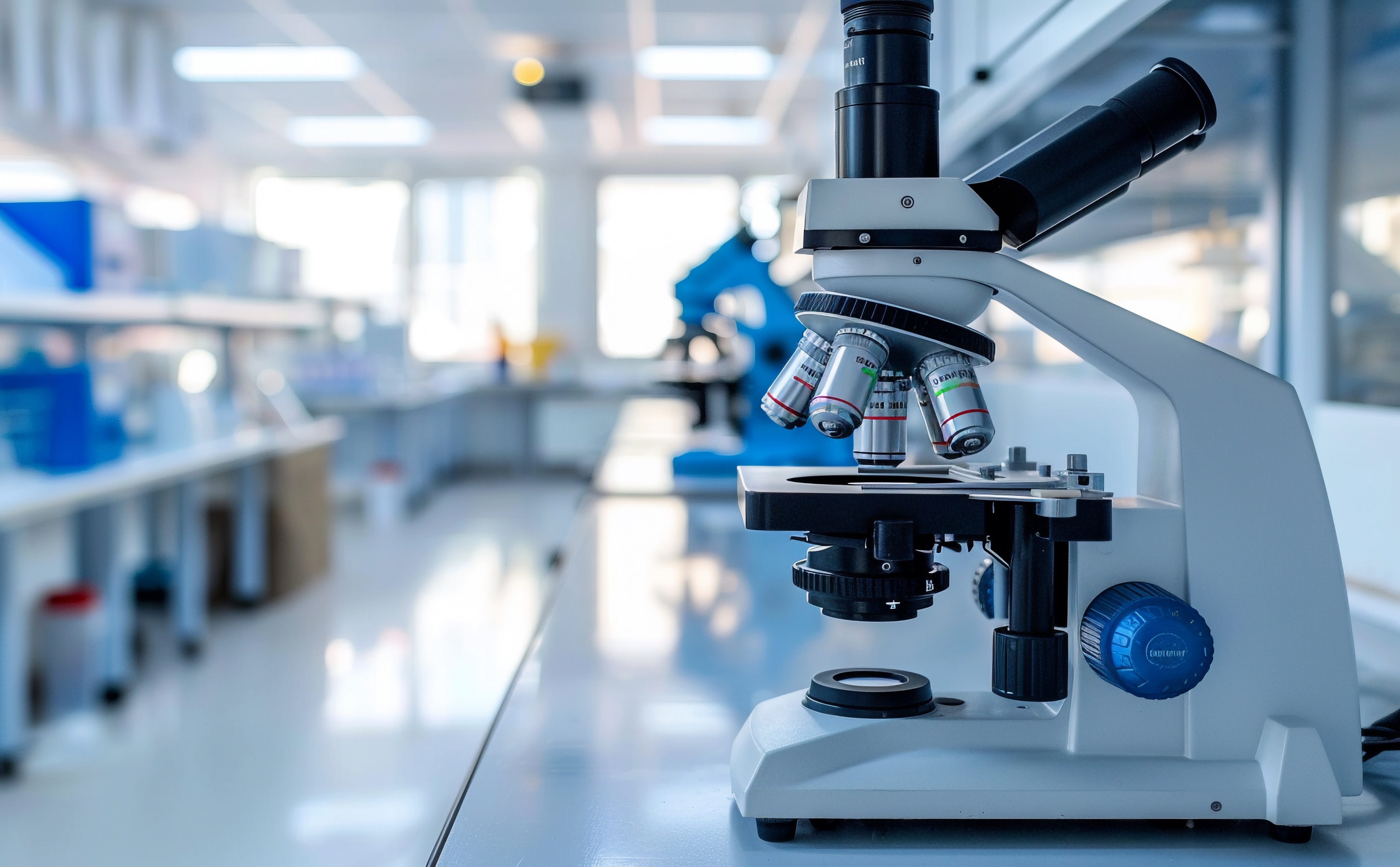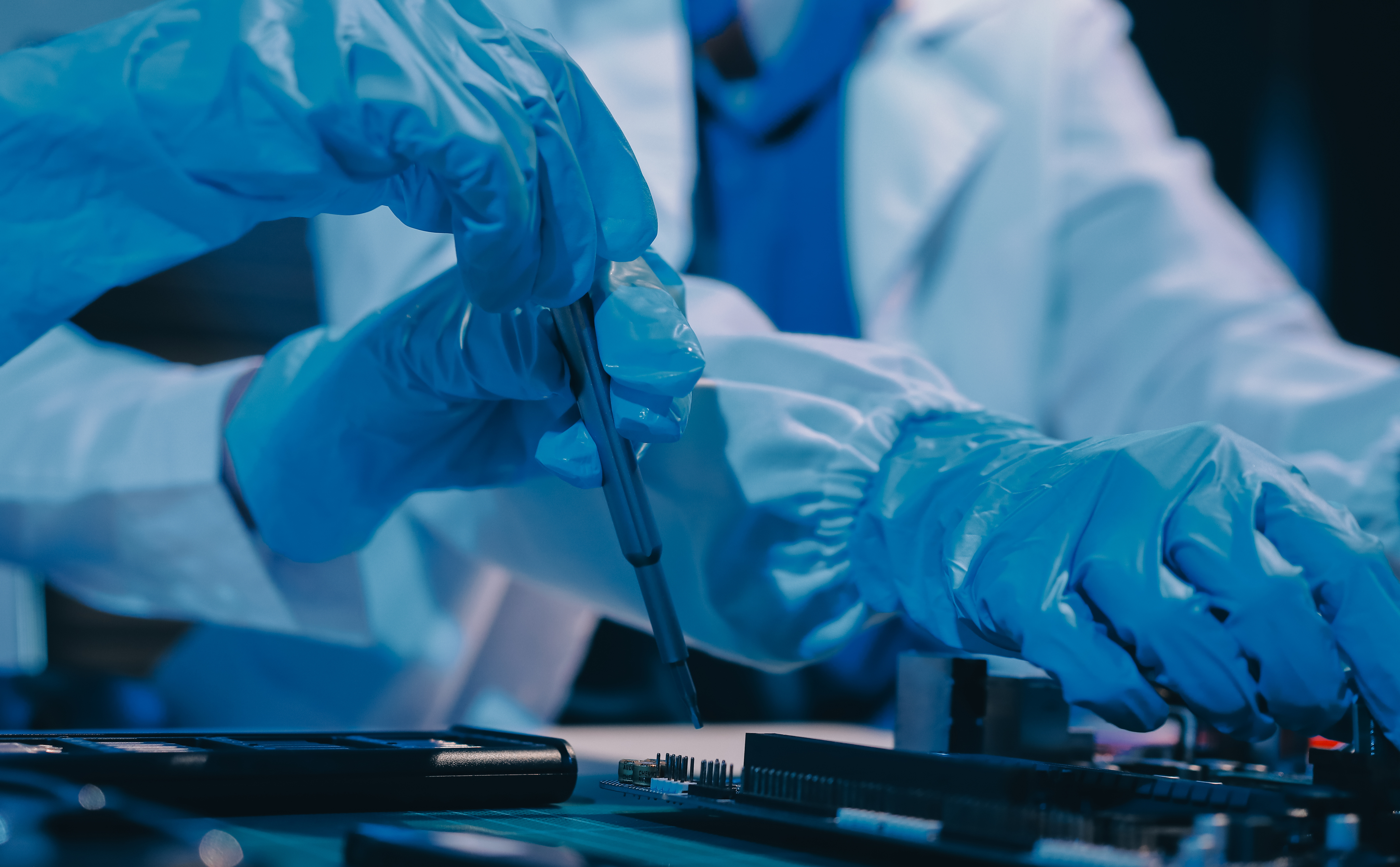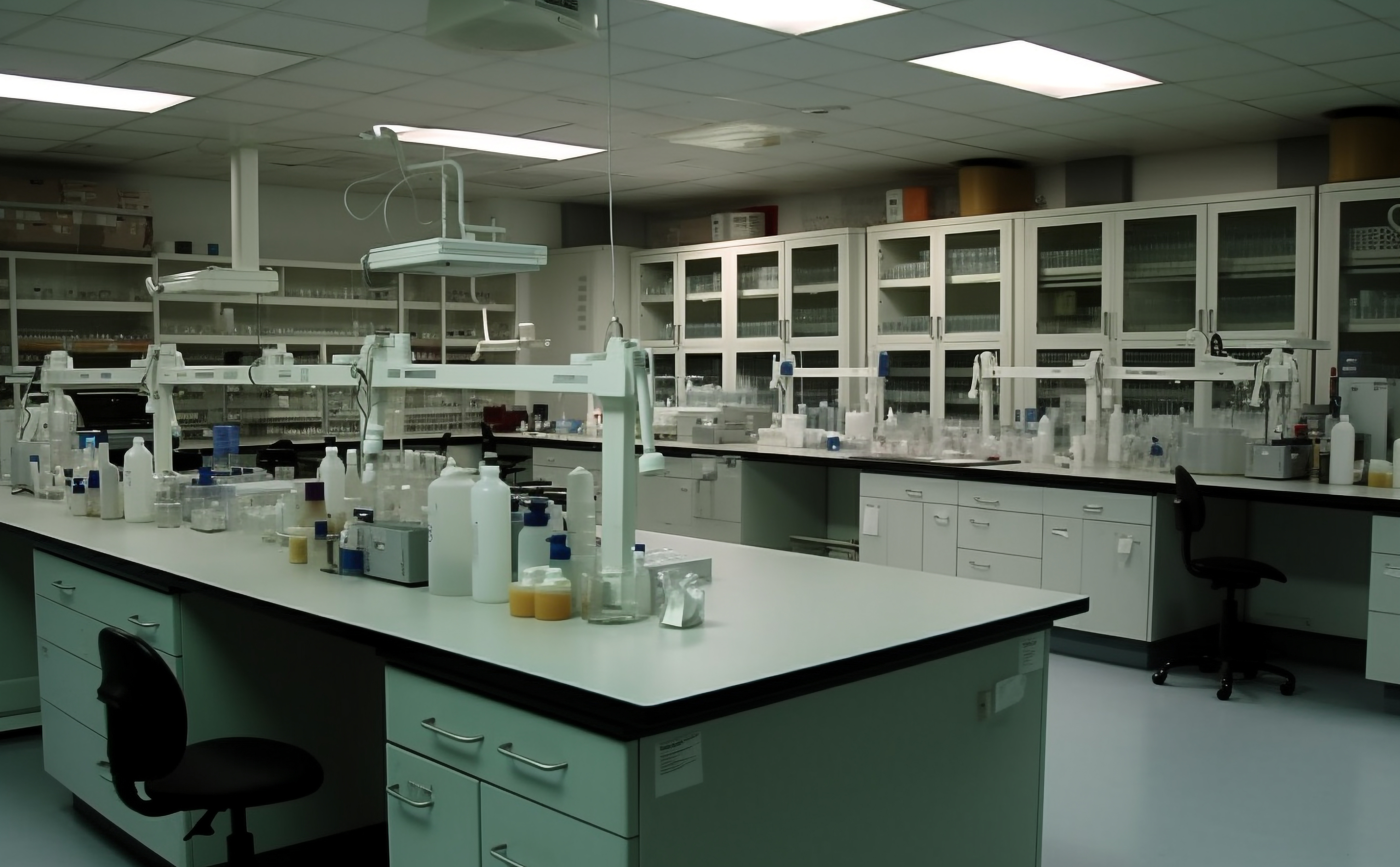Welcome to the world of modern science labs — where discoveries happen daily and the right tools make all the difference. Whether you’re cracking DNA codes, analyzing chemicals, or growing cell cultures, one thing’s for sure: without the proper gear, you’re like a chef without a stove.
Thanks to evolving tech and clever innovation, today’s science labs are more equipped than ever. But with so many gadgets out there, which ones are essential?
Let’s break it down.
1. Microscopes
Compound Microscopes
These are your go-to for viewing slides and cells at high magnification. Every school lab probably has one, but high-end versions in modern labs are lightyears ahead.
Electron Microscopes
Need to zoom into the atomic level? Electron microscopes provide stunning resolution and detail — ideal for materials science and microbiology.
Digital Microscopes
Hook them up to a computer, and you get real-time imaging, image capture, and even measurement software. A total game-changer for presentations and collaborative research.
2. Centrifuges
How Centrifuges Work
They spin samples at high speeds, separating mixtures based on density. Think of it like a science smoothie blender — but way more precise.
Types of Centrifuges in Modern Labs
From benchtop to ultracentrifuges, each serves a different purpose depending on what you’re spinning — cells, proteins, or even blood.
Safety Tips When Using Centrifuges
Balance your tubes, always secure the lid, and don’t peek mid-spin unless you want a flying science disaster.

3. Analytical Balances
Precision and Accuracy in Measurement
These scales measure down to micrograms. Perfect for chemical experiments where “just a pinch” doesn’t cut it.
Calibration Essentials
To keep things precise, regular calibration using certified weights is a must.
4. Spectrophotometers
UV-Vis Spectrophotometry
This measures how much light a substance absorbs — crucial in DNA, protein quantification, and concentration analysis.
Applications in Chemistry and Biology
From drug testing to enzyme activity, spectrophotometers are like the eyes of your lab — telling you what’s going on in your solution.
5. Laboratory Glassware
Beakers, Flasks, Pipettes – The Unsung Heroes
They may seem basic, but without them, your experiments literally fall apart. Precise, heat-resistant, and trustworthy — every drop counts.
Glassware vs Plasticware – What to Choose
Plastic is cheaper and unbreakable, but glass wins for accuracy and heat resistance. Pick based on your experiment’s needs.

6. Fume Hoods
Protecting Researchers from Hazardous Chemicals
They suck out dangerous fumes so you don’t inhale toxic vapors. Think of it as your lab’s breath of fresh air.
Maintenance and Airflow Checks
Regular inspections ensure you’re not just feeling safe — but actually are safe.
7. PCR Machines (Thermal Cyclers)
Essential for Genetic and Molecular Studies
These machines multiply DNA samples like crazy — key for diagnostics, forensics, and gene cloning.
Real-Time PCR vs Traditional PCR
Real-time PCR gives you live data as reactions happen. Traditional PCR? Still powerful, but without the instant replay.
8. Autoclaves
Sterilization Simplified
Steam-powered and super hot, autoclaves kill every germ in sight. If it’s not clean after the autoclave, it’s not clean.
Autoclave Do’s and Don’ts
Don’t overload. Always check the seals. And never, ever autoclave sealed bottles. Unless you enjoy explosions.
9. pH Meters
Why pH Matters in Experiments
A slight pH shift can mess up your entire reaction. These meters help you stay in that sweet spot.
Proper Calibration and Storage
Use buffer solutions for calibration and always store the electrode wet. A dry pH probe is a dead pH probe.
10. Computers & Data Analysis Software
From Lab Notebooks to Digital Dashboards
Modern labs are digital beasts. Record data, track samples, run analysis — all from your screen.
Software for Modeling, Analysis, and Record-Keeping
Tools like LabArchives, MATLAB, and GraphPad Prism make data organization and analysis smoother than ever.
Honorable Mentions
Lab Refrigerators and Freezers
Essential for storing samples, reagents, and temperature-sensitive materials. Some even come with alarms and auto defrost.
Safety Equipment – Gloves, Goggles, and Eyewash Stations
You can’t experiment if you’re injured. Safety first, always.
Conclusion
Modern science labs are where magic meets method — but even the brightest minds need the right tools to make breakthroughs. From microscopes to data software, these 10 essentials form the backbone of discovery.
And hey, whether you’re building a new lab or upgrading an old one, start with these must-haves. You’ll save time, boost accuracy, and maybe even enjoy science a little more.



